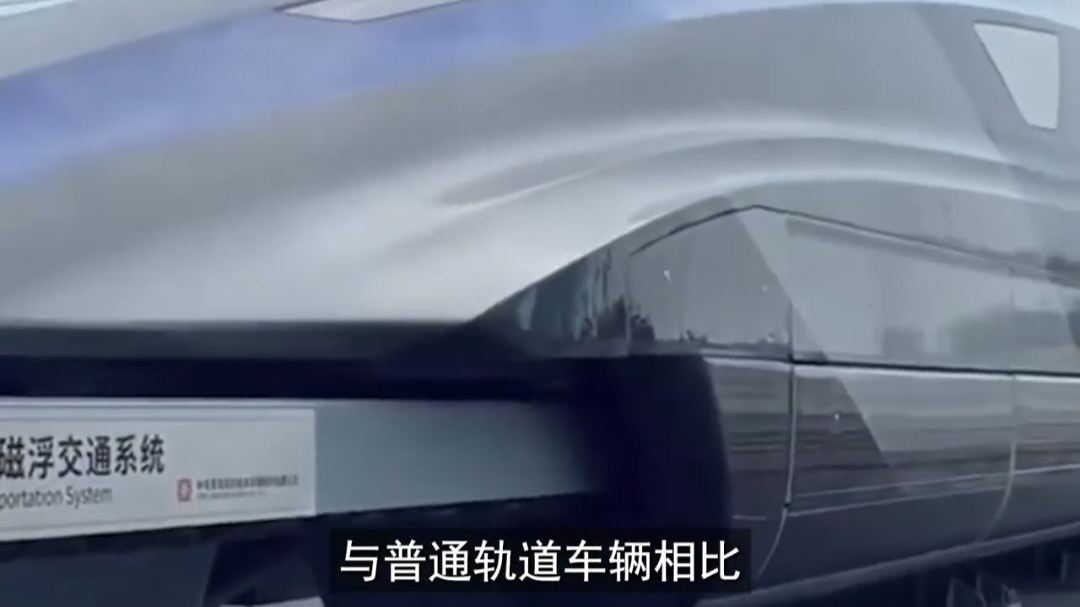Imagine sitting at the front of a train, watching the tracks stretch endlessly ahead, zooming by at 166 meters per second in a “ground-hugging flight.” This isn’t science fiction—it’s the real experience offered by China’s latest superconducting high-speed maglev train.

At the 12th World High-Speed Railway Congress, China unveiled this 600 km/h “ground aircraft” to the world for the first time. Gone is the traditional driver’s cabin, replaced by a 3-meter-wide panoramic screen at the front. When the screen lights up, front-row passengers get a first-person, immersive view of the journey, as if they’re in a futuristic cockpit.
The “Tech Magic” Behind It
The train operates using the interaction between onboard superconducting magnets and track coils, allowing it to levitate about 10 millimeters above the rails at high speeds, eliminating wheel-rail friction entirely. At low speeds, rubber wheels assist with movement, but once the train hits 150 km/h, the wheels retract, and it enters full levitation—described by engineers as “like an airplane taking off.”
This technology delivers three game-changing advantages:
Quiet and Comfortable: Interior noise is kept below 65 decibels, comparable to a luxury car.
Flexible and Efficient: It climbs 30% steeper grades than traditional high-speed rail and navigates turns with half the turning radius.
Cost-Effective and Eco-Friendly: No mechanical wear reduces maintenance costs by over 40%.

Safety You Can Count On
Even in a sudden power outage, the superconducting coils maintain their magnetic field for 1–2 hours, giving the train ample time to stop safely. Its “track-hugging” design eliminates derailment risks. As for concerns about electromagnetic radiation, its intensity is lower than that from watching TV or using a smartphone.
This maglev train fills the speed gap between high-speed rail (350 km/h) and airplanes (800–1,000 km/h). A trip from Beijing to Shanghai could shrink from 4.5 hours to just 2.5 hours, making the ancient Chinese saying “A thousand miles to Jiangling, returned in a day” a modern reality.

A Vision for the Future
China plans to first build maglev corridors in regions like the Guangdong-Hong Kong-Macao Greater Bay Area and the Yangtze River Delta. By 2035, a maglev network connecting 50 major cities is expected to take shape, creating an efficient “one-hour economic circle.”
This isn’t just the debut of a new mode of transport—it’s the start of a transportation revolution. It marks China’s leadership in rail technology, providing a vivid testament to its “transportation powerhouse” ambition through tangible innovation.
The future is here, and once again, China’s speed is redefining how we travel.

